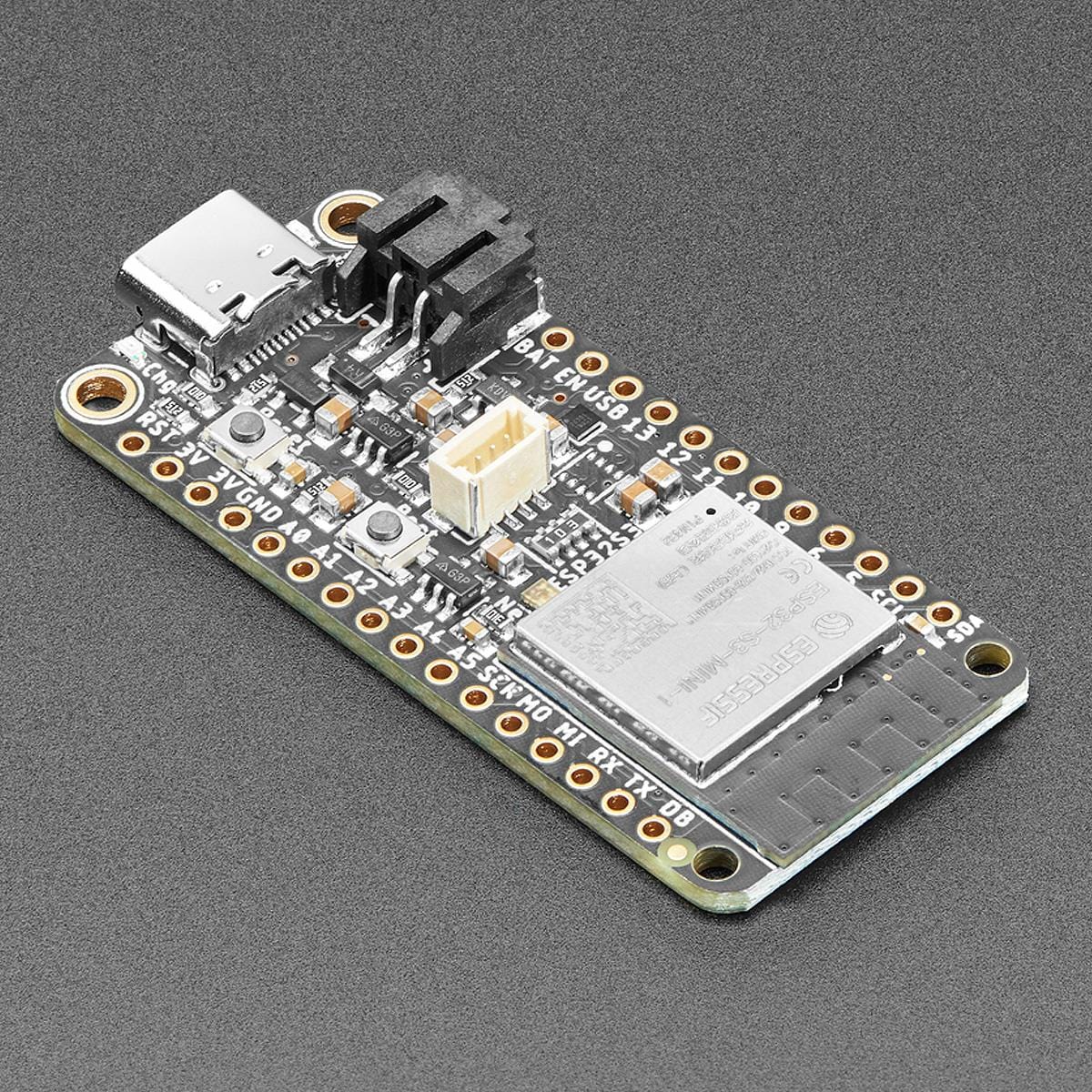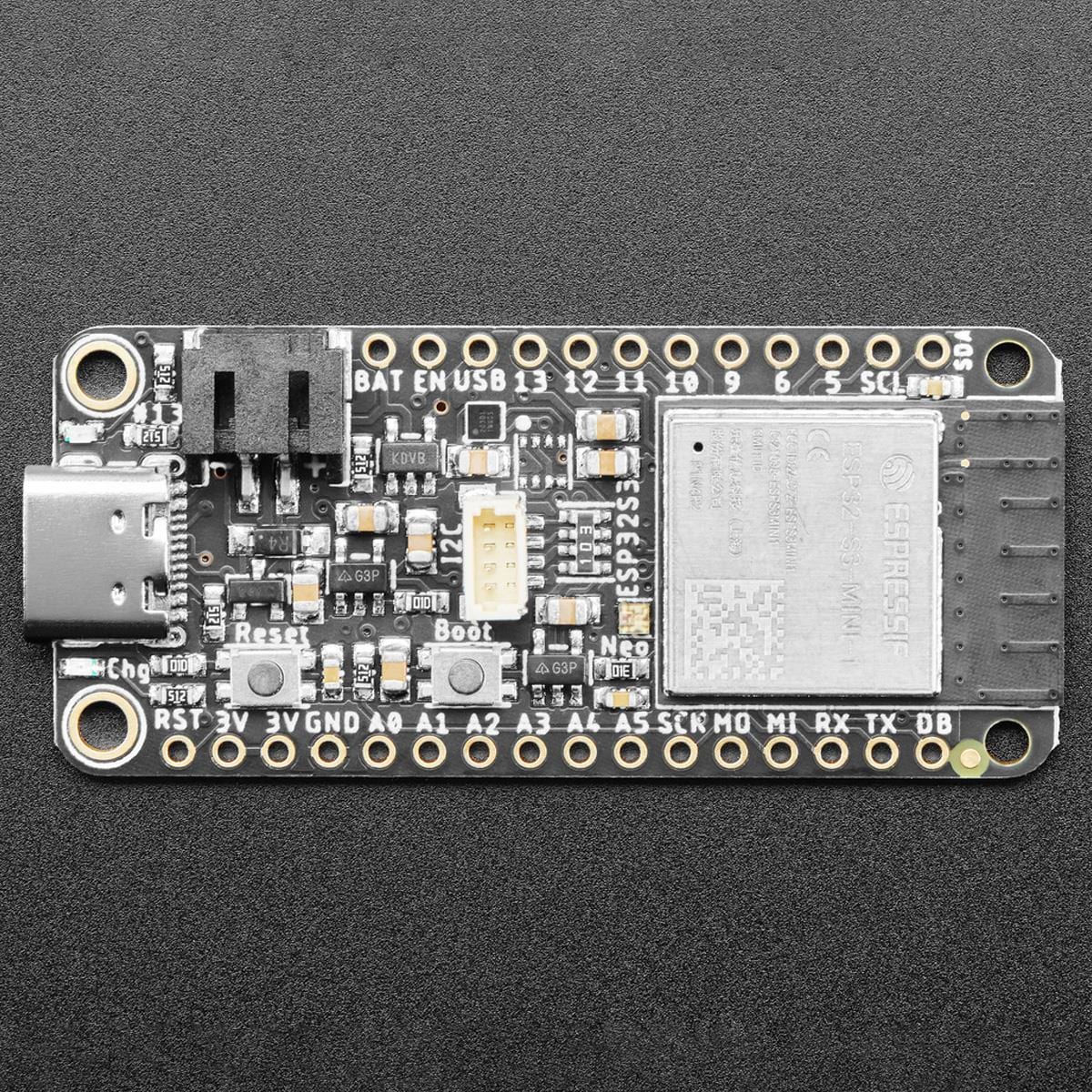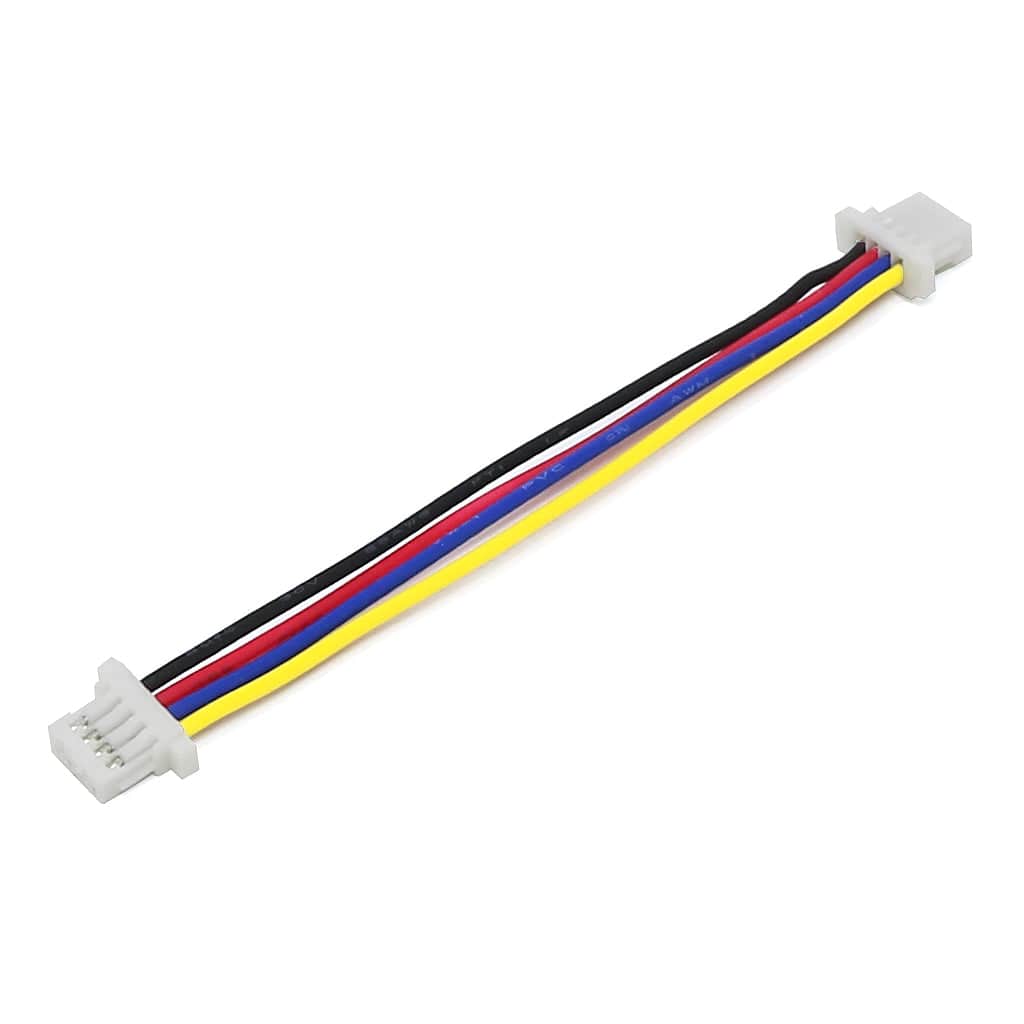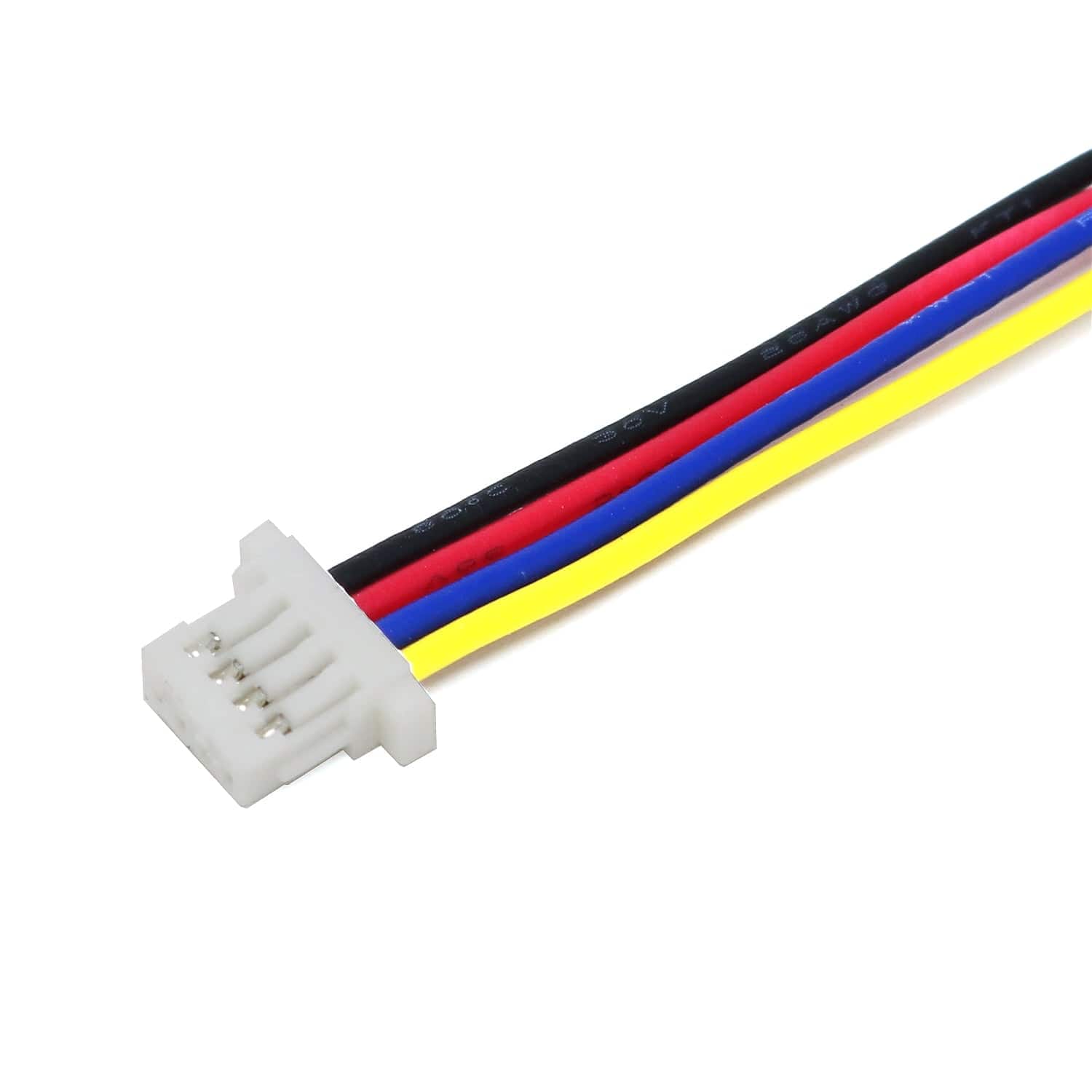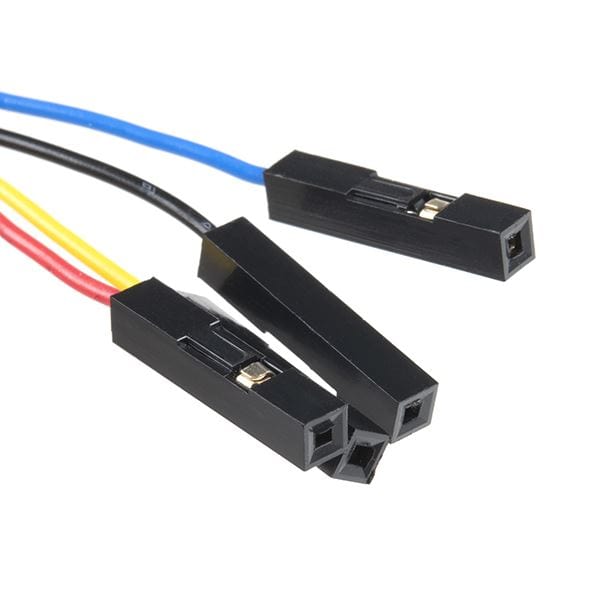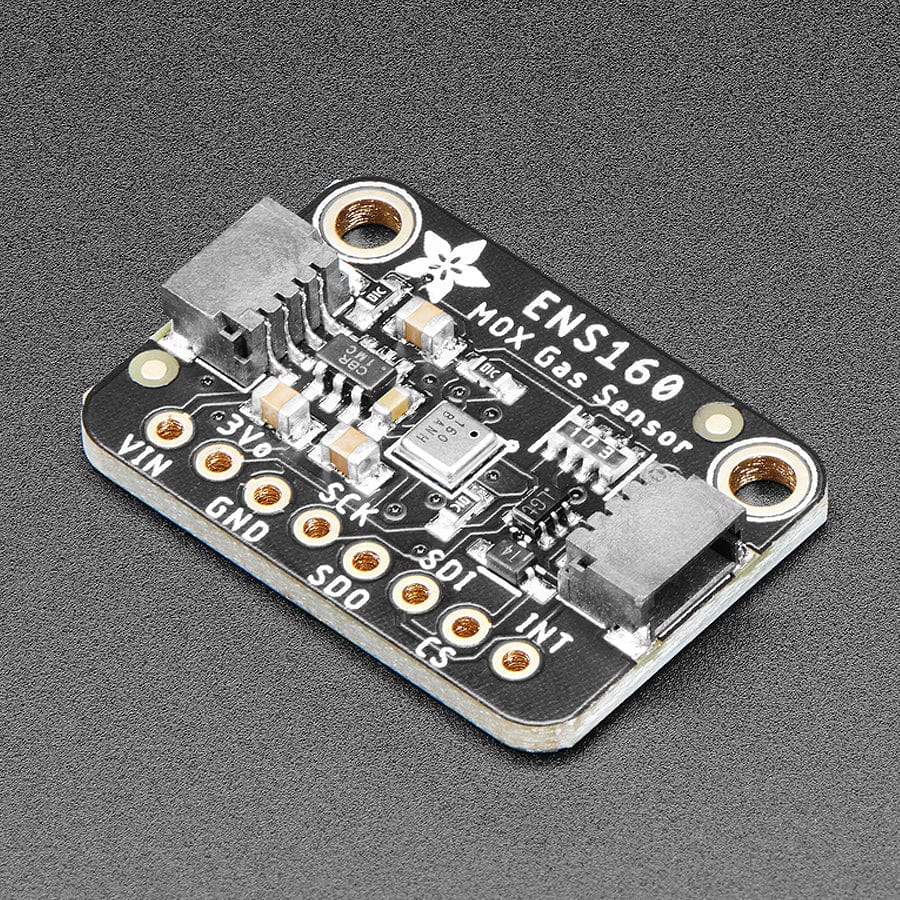
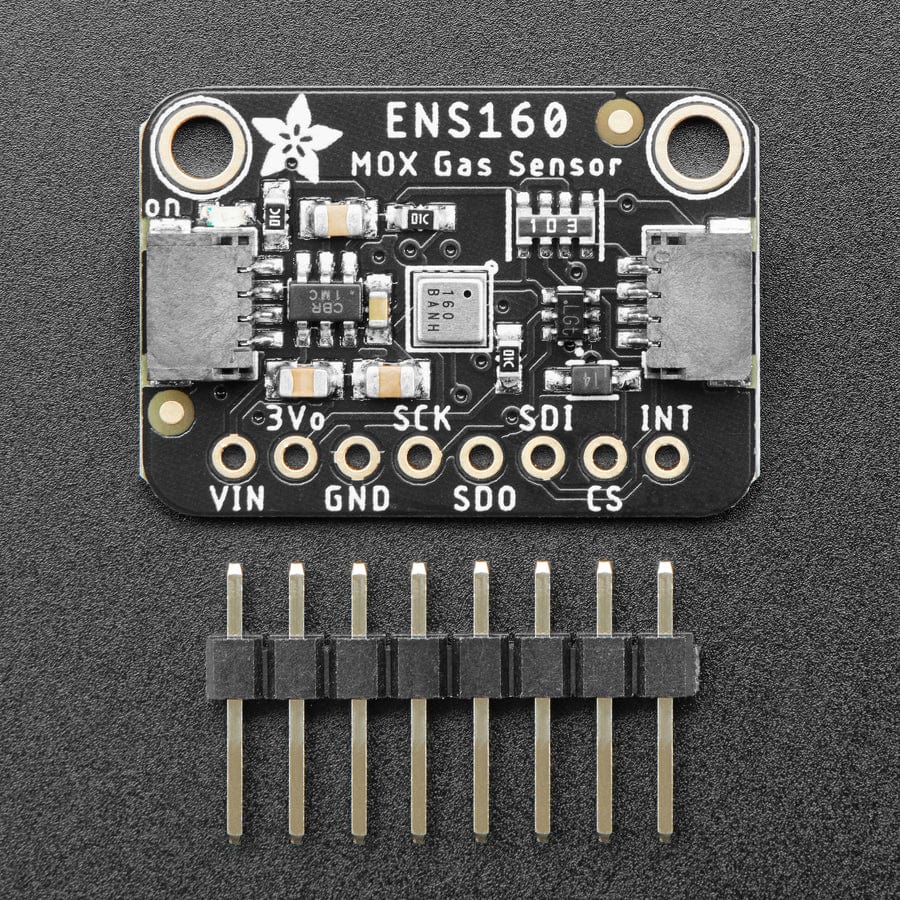
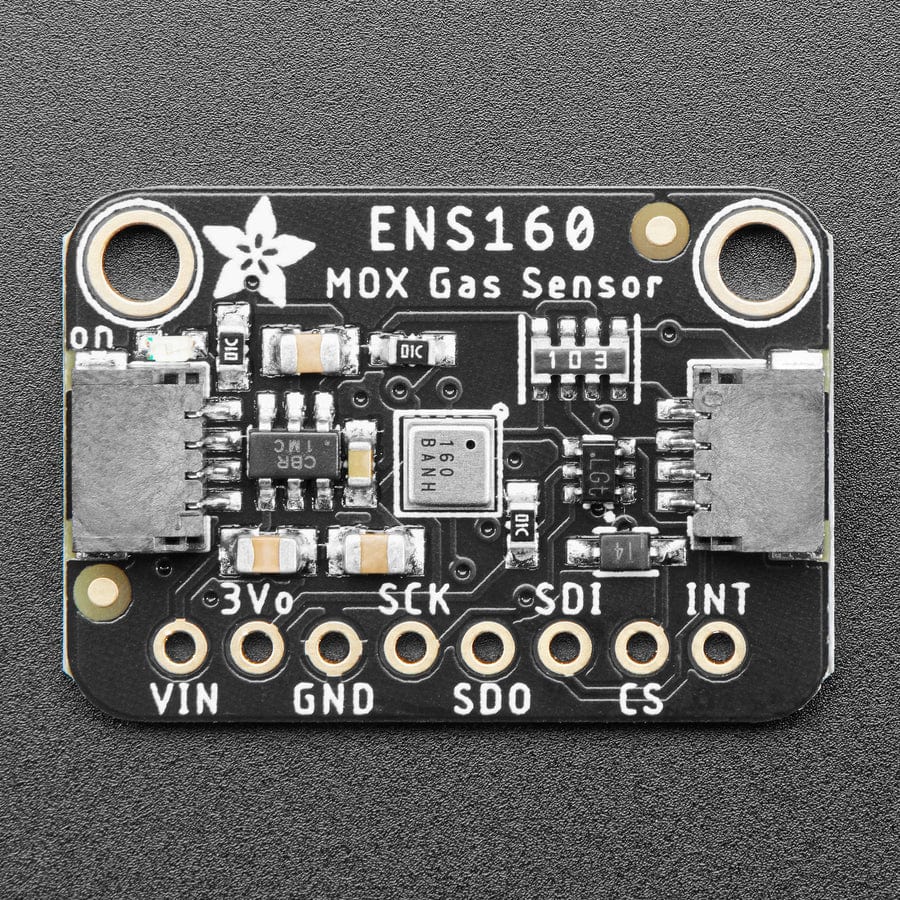
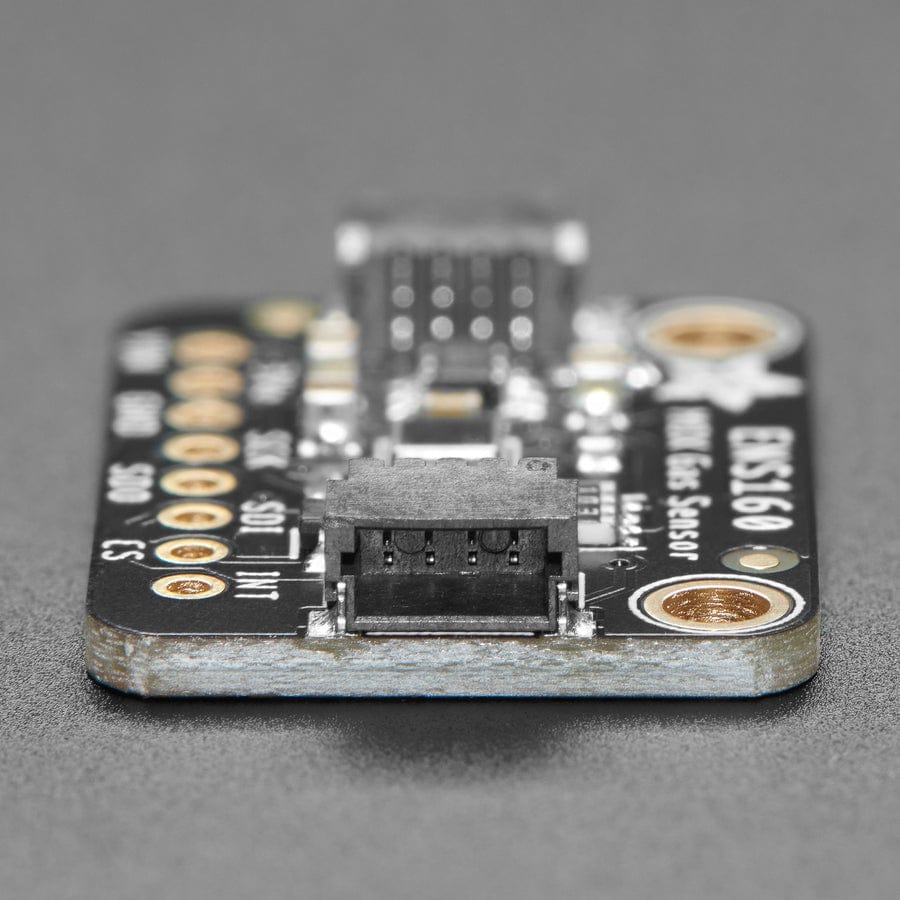
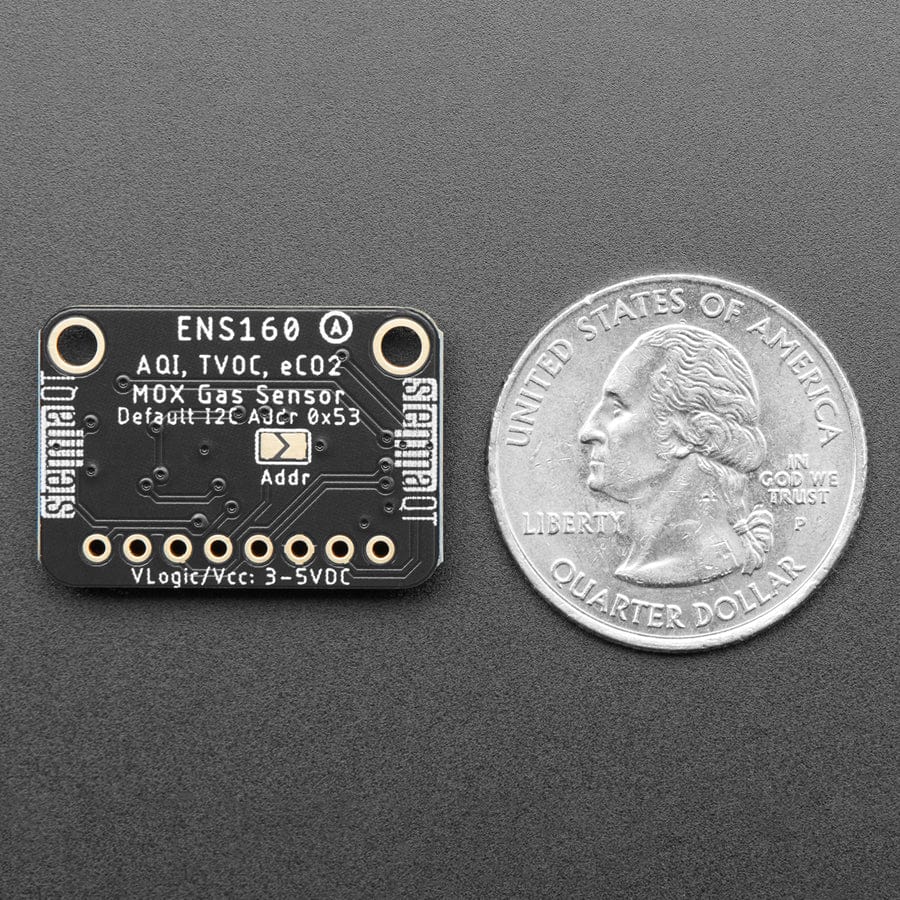
Login / Signup
Cart
Your cart is empty
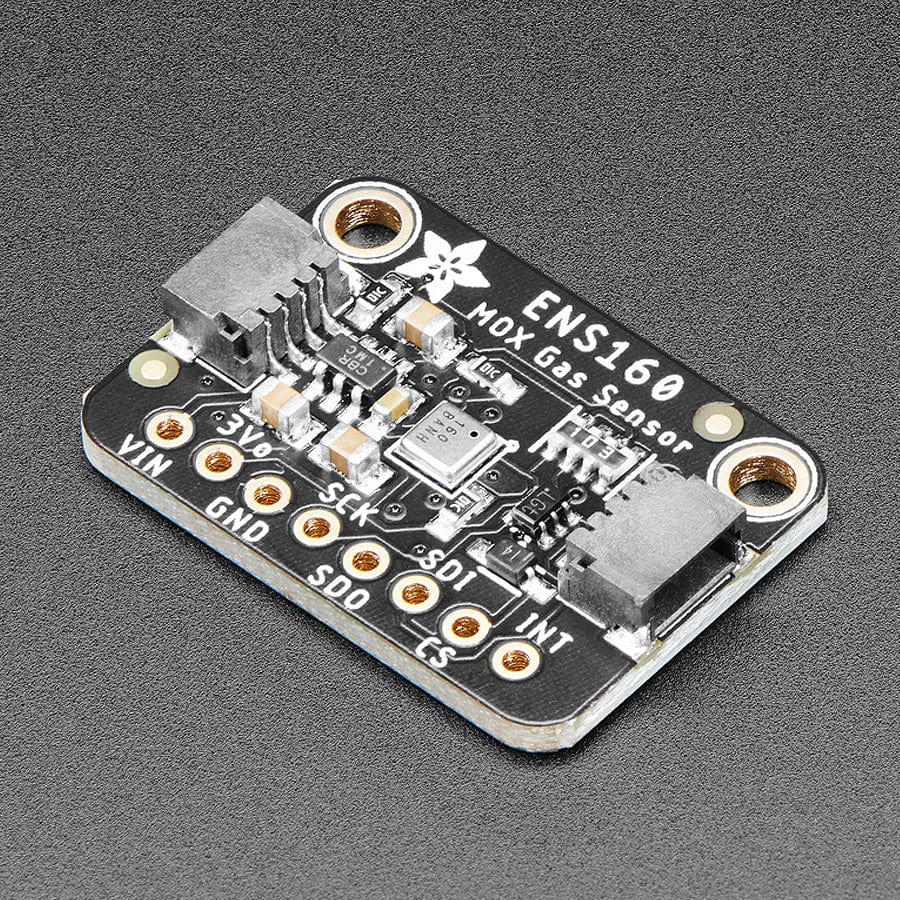
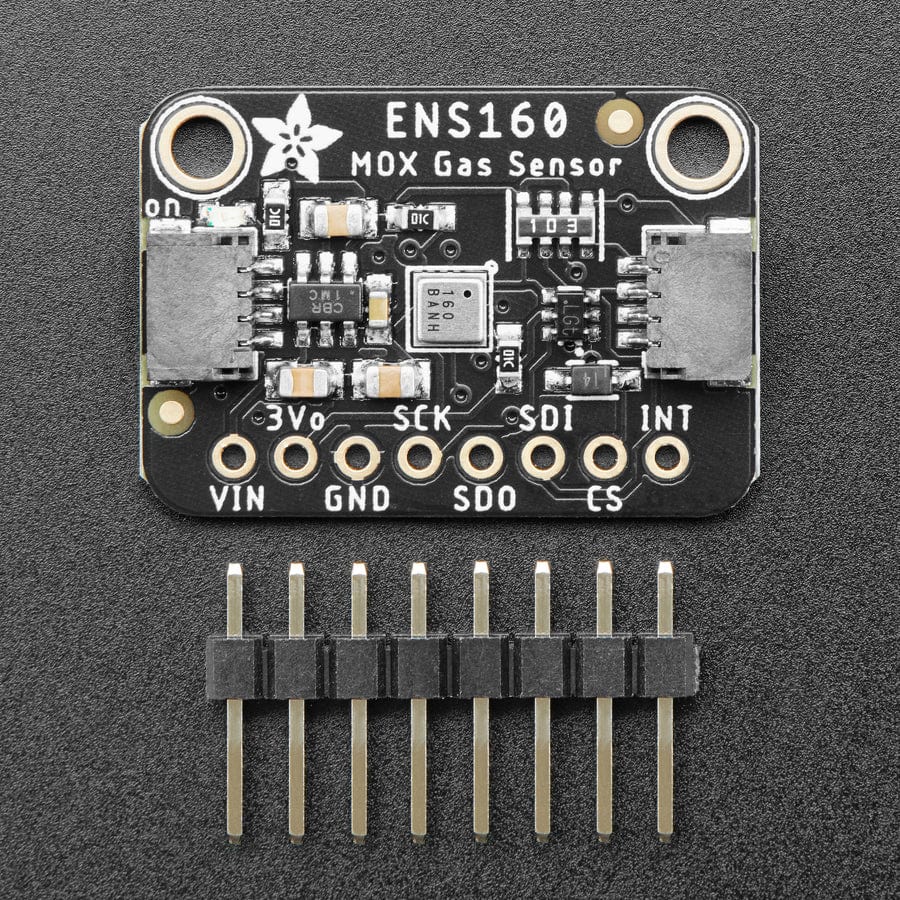
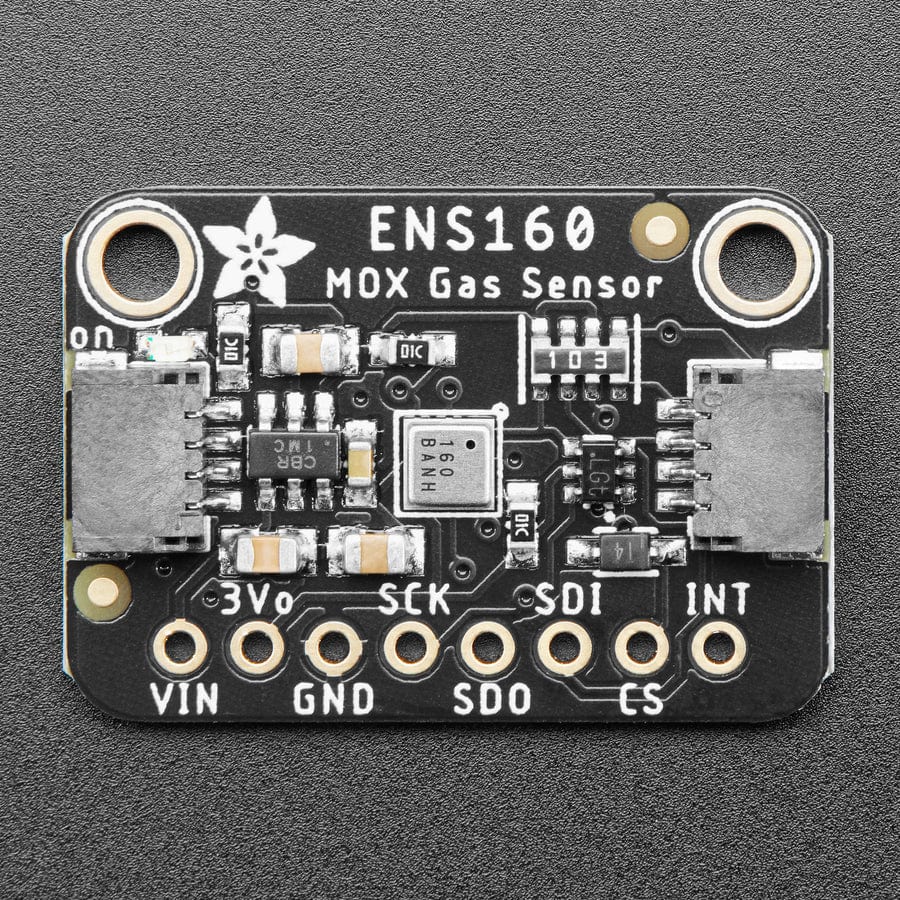
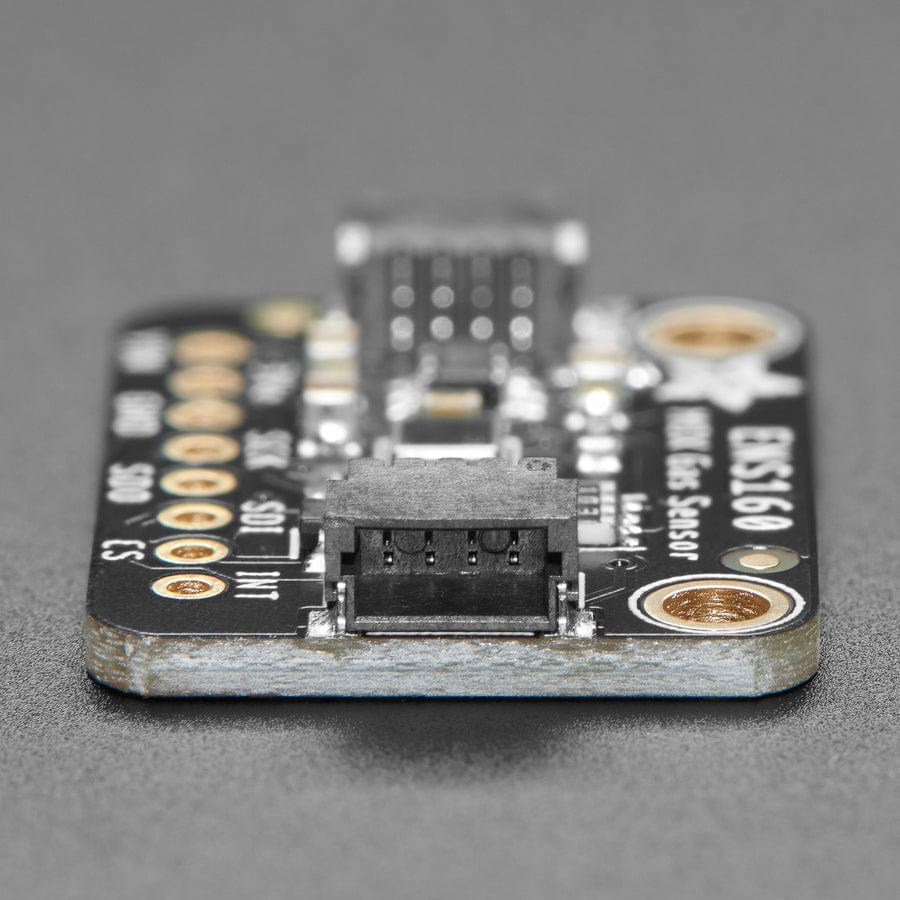
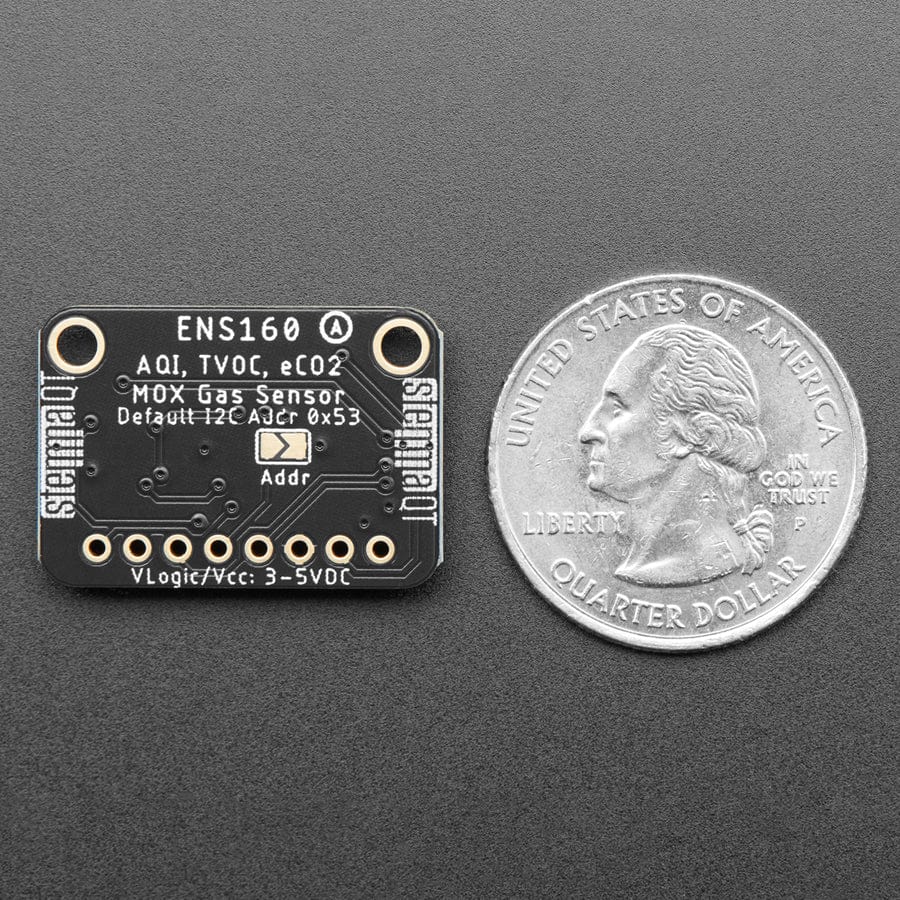
*sniff* *sniff* ... do you smell that? No need to stick your nose into a carton of milk anymore, you can build a digital nose with the ENS160 Gas Sensor, a fully integrated MOX gas sensor. This is a very fine air quality sensor from the sensor experts at ScioSense, with I2C interfacing so you don't have to manage the heater and analog reading of a MOX sensor. It combines multiple metal-oxide sensing and heating elements on one chip to provide more detailed air quality signals.
The ENS160 is the replacement for the popular, but now-discontinued CCS811. It has similar functionality but does require all new driver code so be aware if you are updating from an original design with the CCS811 that some work is required to upgrade.
The ENS160 has a 'standard' hot-plate MOX sensor, as well as a small microcontroller that controls power to the plate, reads the analog voltage, and provides an I2C interface to read from. ScioSense provides an Arduino library with examples of reading the four raw resistance values and also the TVOC and eCO2 and a Python/CircuitPython library that can be used with Linux computers like the Raspberry Pi or our CircuitPython boards.
Please note, this sensor, like all VOC/gas sensors, has variability, and to get precise measurements you will want to calibrate it against known sources! That said, for general environmental sensors, it will give you a good idea of trends and comparison.
Another nice element to this sensor is the ability to set temperature and humidity compensation for better accuracy. An external humidity sensor is required and then the RH% is written over I2C to the sensor, so it can better calibrate the MOX sensor reading and reduce humidity/temperature-based variations.
Nice sensor right? So we made it easy for you to get right into your next project. The surface-mount sensor is soldered onto a custom-made PCB in the STEMMA QT form factor, making them easy to interface with. The STEMMA QT connectors on either side are compatible with the SparkFun Qwiic I2C connectors. This allows you to make solderless connections between your development board and the ENS160 or to chain it with a wide range of other sensors and accessories using a compatible cable. QT Cable is not included, but we have a variety in the shop.
We’ve of course broken out all the pins to standard headers and added a 3.3V voltage regulator and level shifting to allow you to use it with either 3.3V or 5V systems such as the Arduino Uno, or Feather M4.






